10 Subtle Signs Your Cat Could Be In Pain (And 5 Steps To Relieve Their Discomfort)
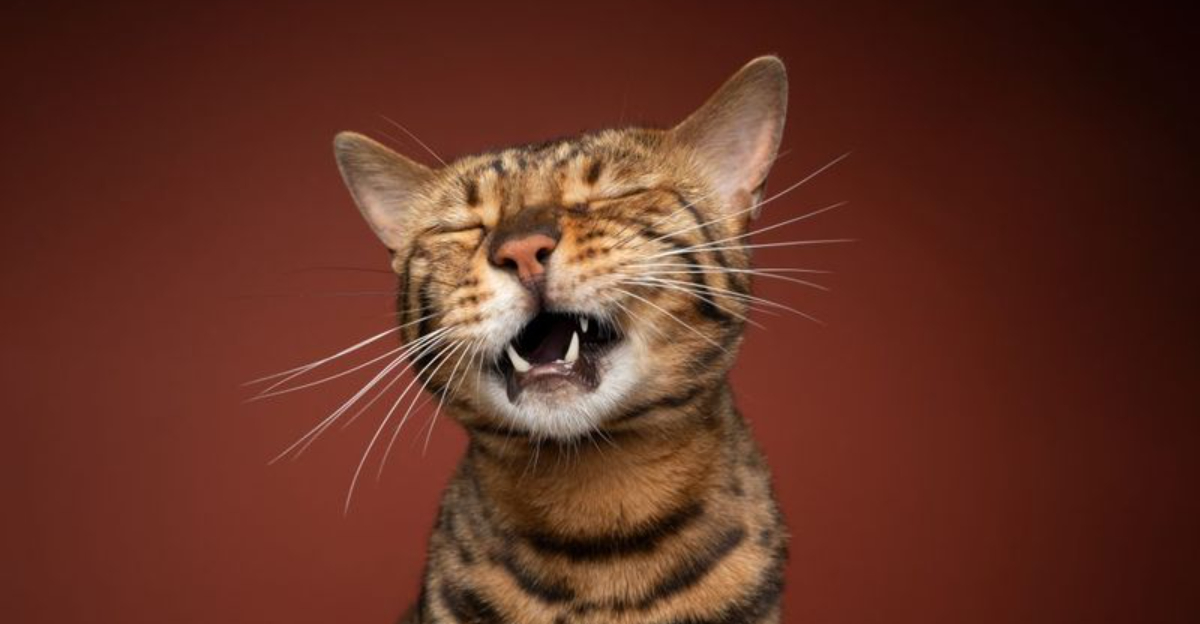
Our feline friends are masters of disguise when it comes to pain. Evolution has taught cats to hide discomfort as a survival mechanism, making it challenging for even the most attentive owners to spot when something’s wrong.
Recognizing these subtle signs could make all the difference in your cat’s quality of life and prevent minor issues from becoming serious health concerns.
1. Unusual Hiding Behavior
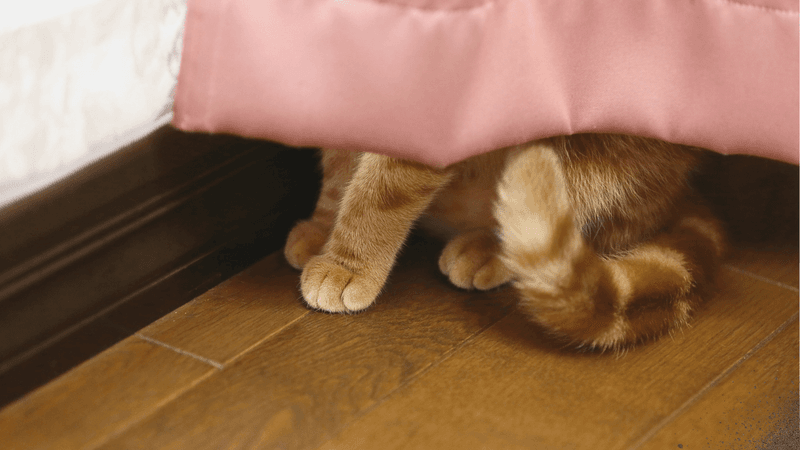
Cats naturally seek solitude when feeling vulnerable. If your typically social kitty suddenly spends hours tucked away in closets or under furniture, something might be wrong.
This defensive behavior helps them protect themselves when they’re not at their strongest. Pay special attention if this hiding continues for more than a day.
2. Changes In Grooming Habits
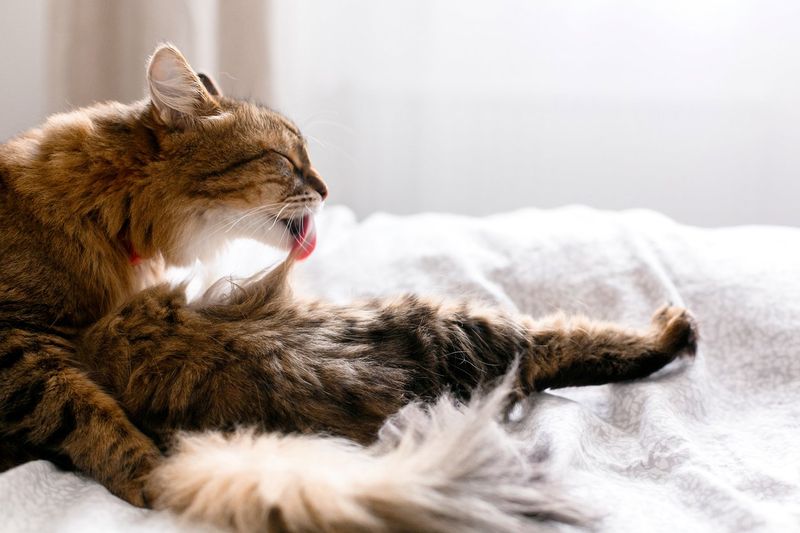
Either excessive licking of one area or complete neglect of grooming can signal pain. A cat obsessively grooming its lower back might have urinary issues or arthritis.
Conversely, a usually pristine cat that stops grooming altogether may hurt too much to twist and reach. Their coat may appear greasy or matted as a result.
3. Altered Litterbox Habits
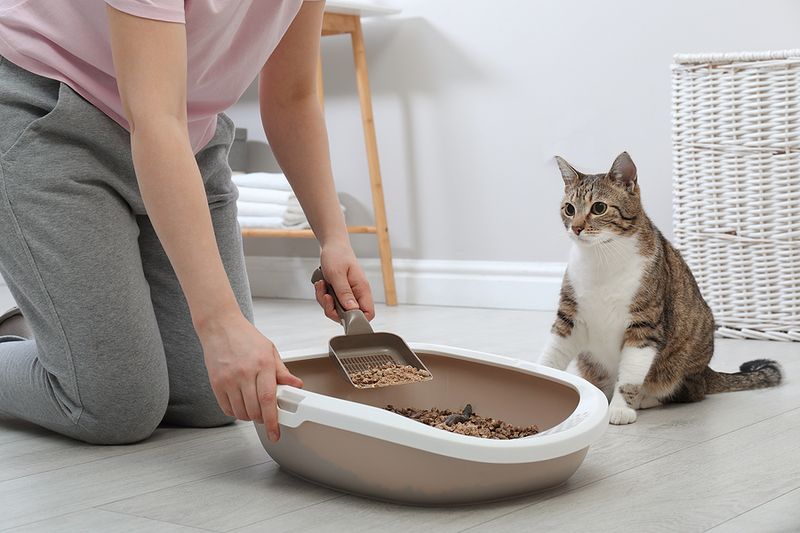
Painful elimination can cause cats to associate their litterbox with discomfort. You might notice your cat crying while using the box or avoiding it entirely.
Some cats will urinate in unusual places like sinks or bathtubs when experiencing urinary tract pain. These changes almost always warrant a veterinary visit.
4. Decreased Appetite Or Thirst
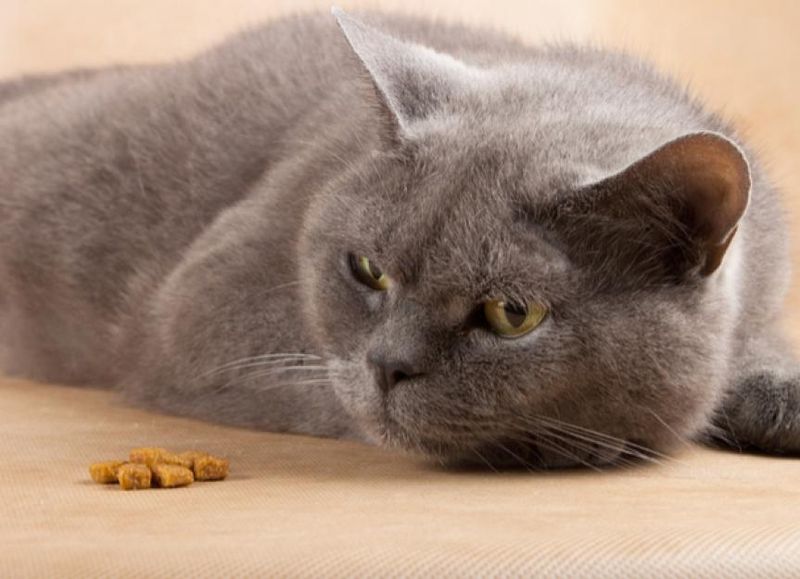
Even the most food-motivated cat may turn down favorite treats when hurting. Dental pain often causes cats to drop food from their mouths or chew on only one side.
Weight loss following reduced eating is a serious warning sign. Similarly, decreased water intake can quickly lead to dehydration, making existing problems worse.
5. Unusual Posture Or Gait
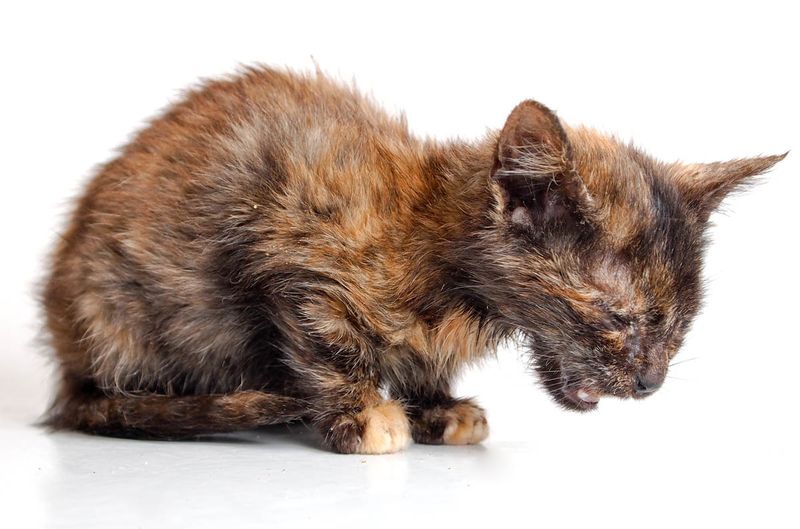
Cats in pain often move differently. You might notice a hunched back, stiff walking, or limping that comes and goes. Some cats with neck pain hold their heads at odd angles.
Arthritis can cause reluctance to jump up or down from furniture. Watch for hesitation before movements that were previously effortless for your cat.
6. Vocalization Changes

Uncharacteristic meowing, growling, or hissing might indicate your cat is hurting. Some cats become more vocal when in pain, while others grow unusually quiet.
Pay attention to the context of these sounds. Does your cat cry when picked up or when climbing stairs? These situational vocalizations can pinpoint what movements cause discomfort.
7. Aggression When Touched
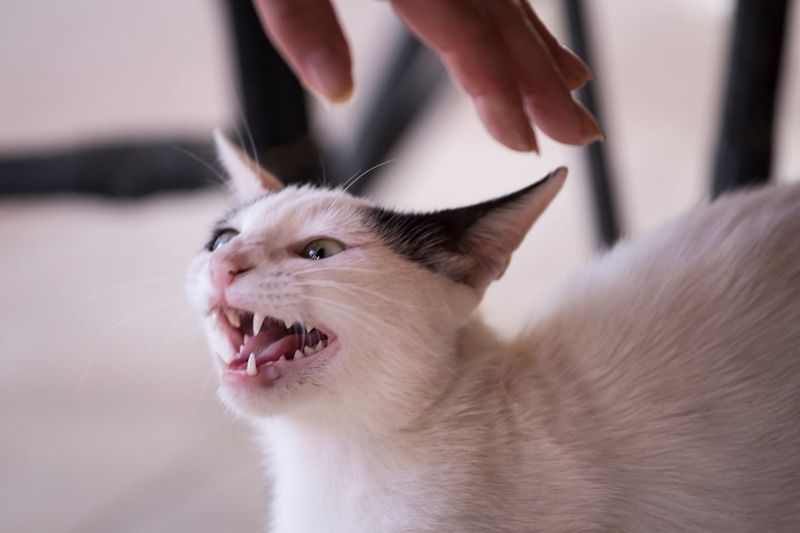
A normally affectionate cat that suddenly swats, bites, or hisses when petted may be protecting a painful area. This defensive reaction often surprises owners of typically gentle cats.
Try noting which specific spots trigger this response. Your observations can help your veterinarian locate the source of pain during examination.
8. Facial Expression Changes
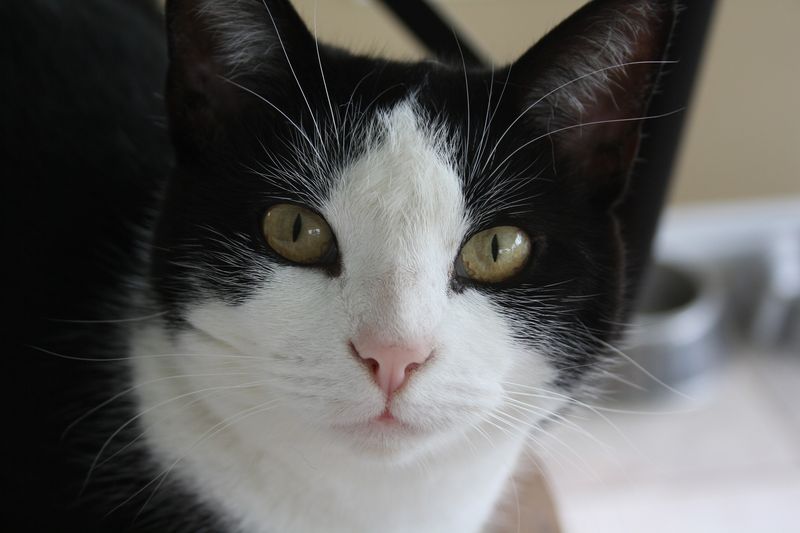
Cats in pain often develop a glazed, distant look or squinted eyes. Their whiskers might flatten against their face instead of extending outward normally.
Some painful cats develop a furrowed appearance above their eyes. These subtle facial changes can be easily missed but provide important clues about your cat’s comfort level.
9. Breathing Pattern Changes
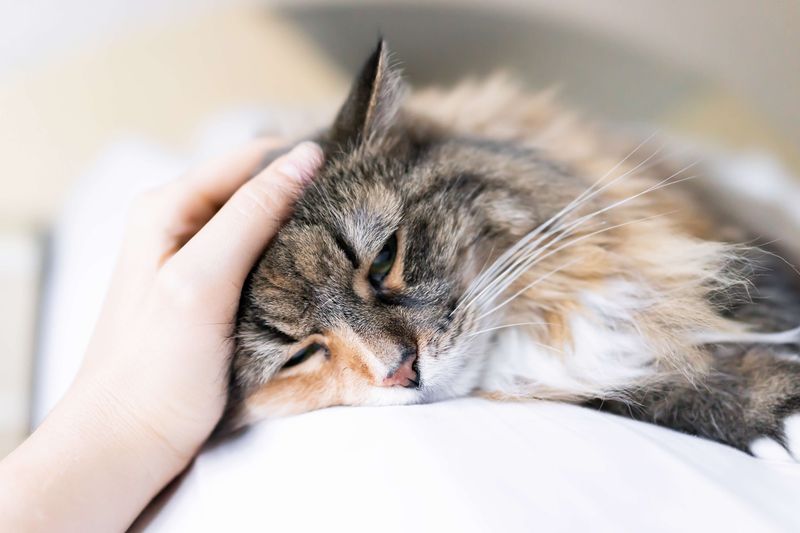
Rapid, shallow breathing or panting in cats often signals serious pain. Unlike dogs, healthy cats rarely pant unless extremely stressed or overheated.
Abdominal pain may cause a cat to breathe more from its chest, with less belly movement. Any breathing changes warrant immediate veterinary attention as they can indicate critical conditions.
10. Excessive Sleeping Or Lethargy
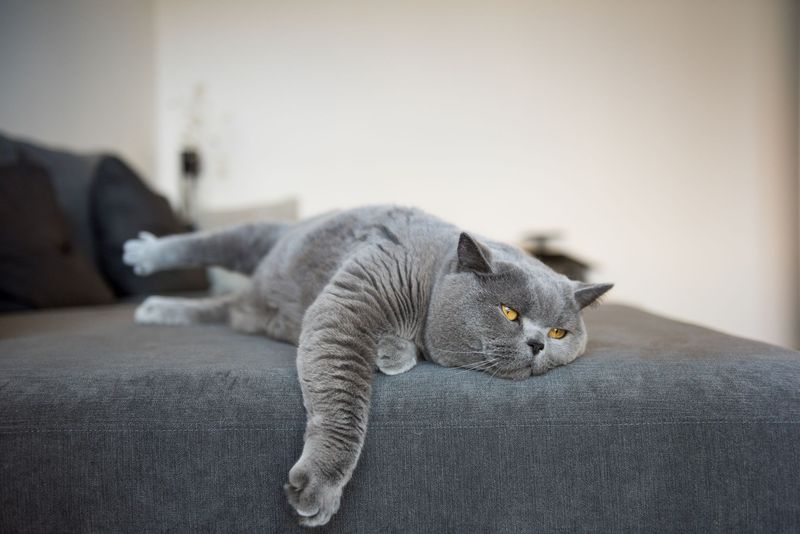
While cats naturally sleep much of the day, pain can cause them to sleep even more as a coping mechanism. A cat that stops playing or watching window birds might be conserving energy due to discomfort.
Look for decreased interest in toys that previously sparked excitement. This withdrawal from normal activities often indicates something isn’t right.
11. Schedule A Veterinary Exam
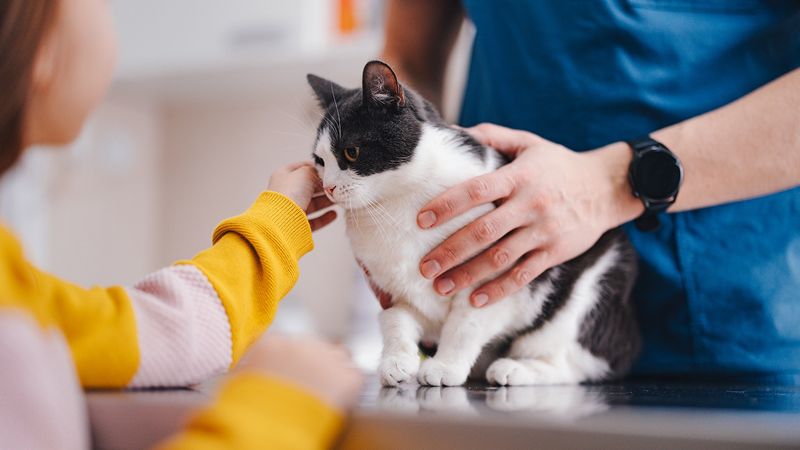
The most important step for a cat showing pain signs is professional evaluation. Don’t wait for multiple symptoms to appear – cats are experts at hiding illness until it’s advanced.
Prepare notes about specific behaviors you’ve noticed and when they started. This information helps your veterinarian make an accurate diagnosis and treatment plan.
12. Create Comfortable Resting Spots
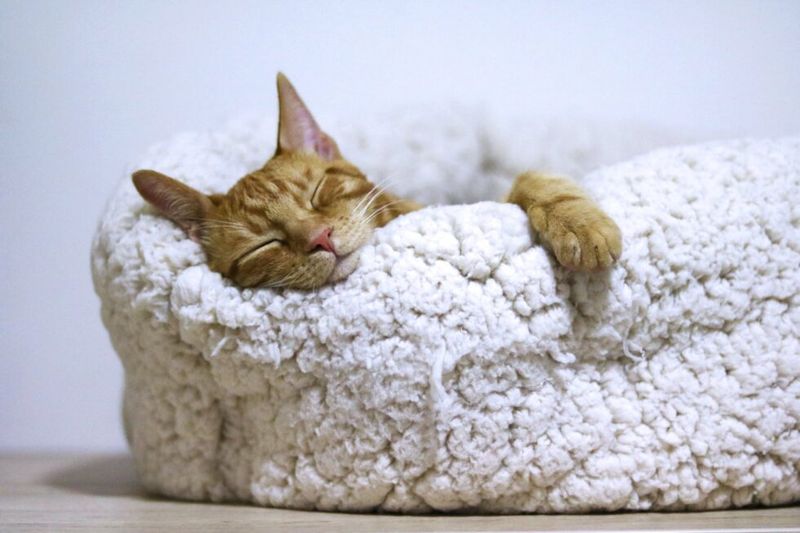
Soft bedding in quiet, accessible locations can significantly help a hurting cat. Older cats or those with joint pain benefit from memory foam beds that support sore spots.
Consider adding ramps or steps to favorite perches if your cat struggles with jumping. Heated beds (with safety features) can soothe arthritis pain, especially during colder weather.
13. Modify The Environment
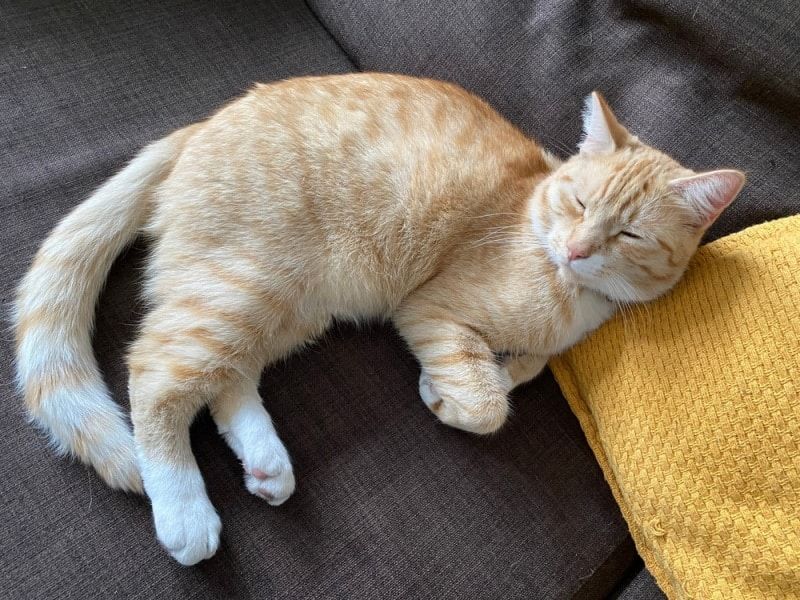
Simple adjustments can make a huge difference for a cat in pain. Place food, water, and litterboxes on every level of your home to minimize stair climbing for arthritic cats.
Consider shallow litterboxes with low entries for easier access. Keep essentials closer together so your cat doesn’t need to travel far for basic needs.
14. Monitor Medication Administration
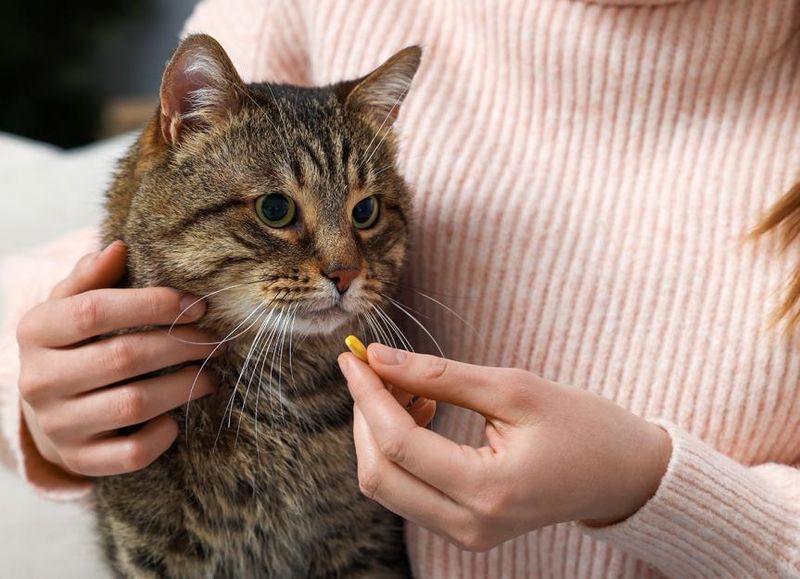
Following your vet’s prescription schedule precisely is crucial for pain management. Never give human pain medications to cats – even Tylenol can be fatal to felines.
Consider using pill pockets or asking your vet about compounded medications in flavored liquids if pill-giving becomes stressful. Stress can worsen pain, so gentle medication delivery matters.
15. Provide Gentle Interaction
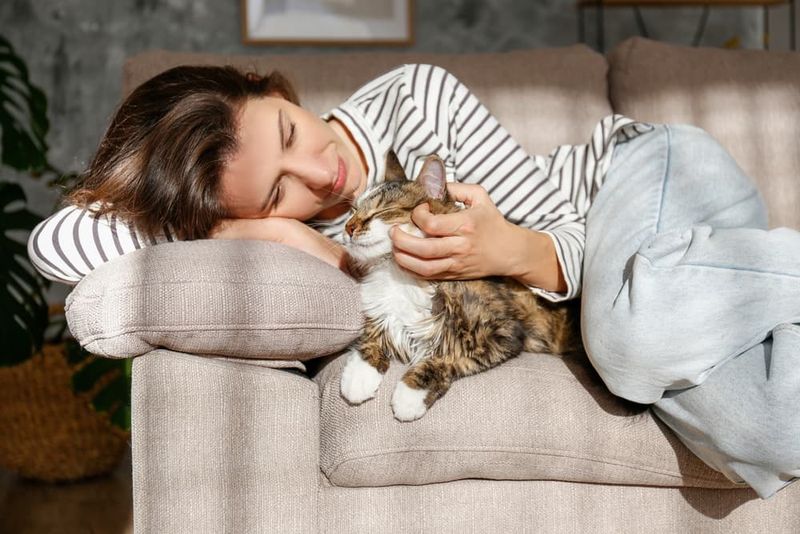
Cats in pain still need affection, but on their terms. Let your cat initiate contact rather than picking them up or petting sensitive areas.
Short, gentle interaction sessions are better than lengthy ones that might tire them. Simply sitting quietly nearby offers companionship without demanding physical contact that could cause discomfort.






